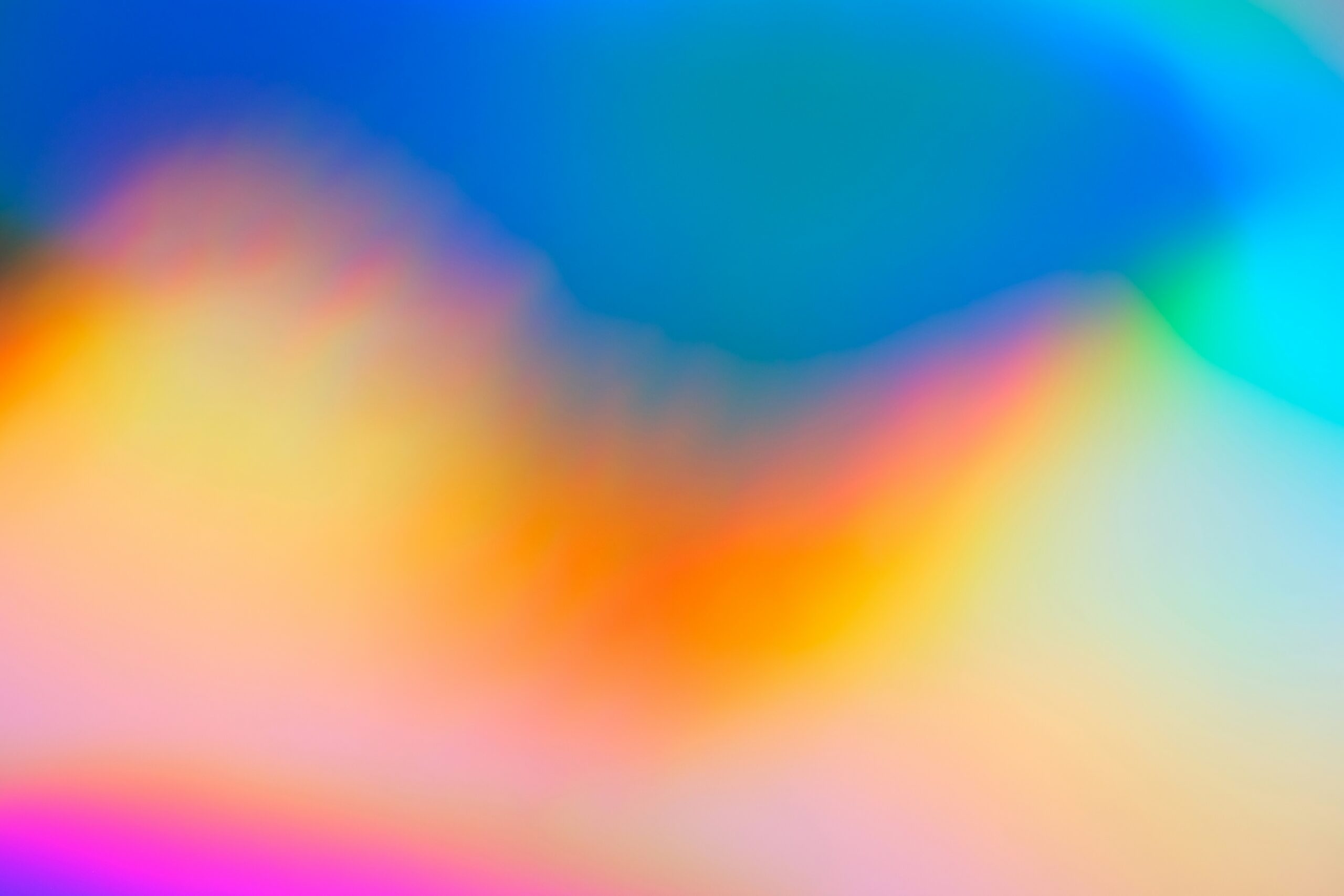Introduction
When it comes to decorating your living room, choosing the right colors can make a significant impact on the overall mood and atmosphere of the space. The psychology behind colors suggests that different hues can evoke various emotions and feelings. In this blog post, we will explore the psychological impact of different colors and provide a helpful guide to assist you in selecting hues that align with your desired mood and atmosphere for your living space.
Understanding Color Psychology
Color psychology is the study of how colors affect human behavior and emotions. Different colors have the power to influence our mood, energy levels, and even our productivity. By understanding the psychological impact of colors, you can create a living room that promotes relaxation, creativity, or any other desired atmosphere.
Choosing the Right Colors
1. Calming and Relaxing Colors:
For those seeking a serene and tranquil living room, consider using shades of blue or green. Blue has a calming effect and is associated with feelings of peace and tranquility. Green, on the other hand, is often associated with nature and can create a sense of harmony and balance.
2. Energizing Colors:
If you want to infuse energy and vibrancy into your living room, opt for warm colors like red, orange, or yellow. These colors are known to stimulate the senses and can create a lively and energetic atmosphere. However, it’s important to use them in moderation to avoid overwhelming the space.
3. Neutral Colors:
Neutral colors such as white, beige, and gray are versatile and can create a sense of sophistication and elegance. They also provide a great backdrop for adding pops of color through accessories like pillows, artwork, or rugs. Neutral colors are perfect for those who prefer a timeless and minimalistic living room.
4. Creative and Inspiring Colors:
If you want to spark creativity and inspiration in your living room, consider using shades of purple. Purple is often associated with luxury, creativity, and spirituality. It can add a touch of sophistication and stimulate the imagination.
Combining Colors
While understanding the psychological impact of individual colors is essential, it’s equally important to consider how colors interact with one another. The right color combination can enhance the overall mood and atmosphere of your living room.
1. Complementary Colors:
Complementary colors are opposite each other on the color wheel, such as blue and orange or red and green. Using complementary colors in your living room can create a visually striking and harmonious space.
2. Analogous Colors:
Analogous colors are adjacent to each other on the color wheel, such as blue and green or red and orange. Using analogous colors in your living room can create a cohesive and soothing atmosphere.
3. Monochromatic Colors:
Monochromatic color schemes involve using different shades of the same color. This approach creates a harmonious and elegant living room with a sense of depth and sophistication.
Conclusion
Color psychology plays a crucial role in creating the desired mood and atmosphere for your living room. By understanding the psychological impact of different colors and how they interact with one another, you can design a space that reflects your personal style and enhances your well-being. Whether you prefer a calming oasis or an energizing environment, the right color choices can transform your living room into a haven of comfort and inspiration.
